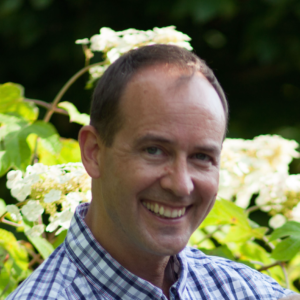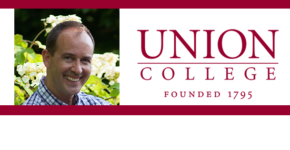 COVID rates on campuses didn’t always follow the socioeconomic script.
COVID rates on campuses didn’t always follow the socioeconomic script.
Lewis Davis, Thomas Armstrong professor of economics at Union College, explores why.
Lewis Davis is the Thomas Armstrong Professor of Economics and Chair of the Economics Department at Union College. He has over 30 peer-reviewed journal articles, with recent work addressing the religious, climatic, and linguistic roots of individualism and its implications for economic growth, regulation, social status, family structure, gender inequality, women’s rights, and anti-immigrant hostility. He received his PhD in economics at the University of North Carolina at Chapel Hill in 1999.
COVID on Campus
The Covid pandemic posed an unprecedented challenge to colleges and universities as they struggled to adapt to the most significant public health crisis in a century. To see how they did, we analyzed data from over 1000 US colleges and universities to see what factors were associated with higher Covid infection rates.
Our most surprising finding was that Covid infection rates were higher at schools with larger endowments, higher tuition rates, and lower acceptance rates, variables that tend to reflect the socioeconomic status of their students. For example, a $10,000 increase in tuition increased Covid infection rates by around a fifth.
These findings turned our original thinking on its head, as most studies find that Covid infection rates are lower among more advantaged populations. Also, richer schools could clearly afford to spend more on things that reduce infection risk, such as more frequent testing and moving students into single dorm rooms. Thus, richer and more selective schools appear to have chosen to tolerate higher Covid infection risks, mostly likely in order to preserve a more traditional, in-person educational experience for their students.
We also found that political partisanship mattered for Covid infection rates. Among public institutions, infection rates were one-third higher in states with Republican governors. Because this difference emerges late in the year, when vaccines were widely available, it likely reflects partisan differences in school vaccination policies.
Thus, even amid a deadly pandemic, schools had wide latitude in how they responded to the crisis, and many schools appear to have accepted higher infection risks in order to satisfy competing educational or political objectives.

Comments
One response to “Lewis Davis, Union College – COVID on Campus”